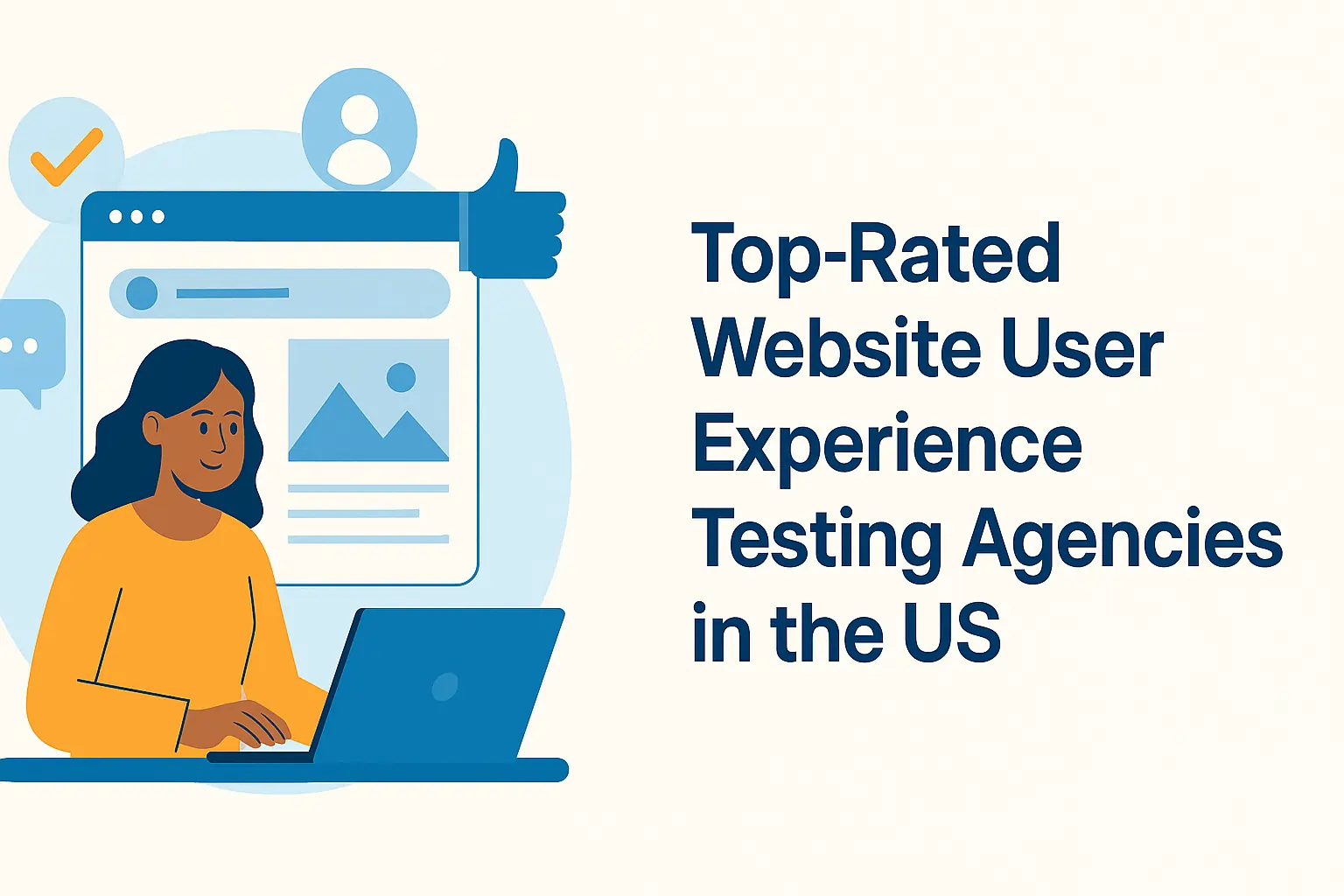Responsive Website Testing Services: Why It’s a Must in 2025
Think your website looks great on your laptop?
Try it on a Galaxy Fold, iPhone SE, or a 12.9” iPad — and you might be surprised.
With users accessing websites from hundreds of devices and screen sizes, one thing is clear:
You’re losing traffic, trust, and conversions if your site isn’t fully responsive.
Let’s break down what responsive website testing services means today — and why it’s more important than ever.
📱 What Is Responsive Website Testing?
Responsive testing checks whether your website adapts gracefully to various devices — mobile phones, tablets, laptops, desktops, even foldable and ultrawide displays.
It’s not just about design. It covers:
- Navigation
- Touch responsiveness
- Readability
- Layout flow
- Interactivity
Whether a visitor is browsing from an old Android or a high-res MacBook Pro, their experience should feel smooth and consistent.
🔍 Why It’s More Critical Than Ever in 2025
Here’s why modern brands can’t afford to skip responsive testing:
1. Mobile Traffic Dominates
Over 60% of global web usage is mobile. If your mobile layout is broken or slow, you’re invisible to a majority of users.
2. Screen Sizes Are All Over the Place
There’s no “standard” screen size anymore — from 320px phones to 4K desktops. Foldables, tablets, and smart TVs are growing fast.
3. Browsers Behave Differently
The same layout may render differently on Chrome, Safari, Firefox, or Samsung Internet — especially with JavaScript-heavy designs.
4. Bad UX Hurts More Than You Think
Tiny buttons, cut-off text, or horizontal scroll? Users bounce fast — and Google notices. Your SEO rankings suffer when responsiveness is poor.
✅ What We Check During Responsive Website Testing
At Testers HUB, we look far beyond just whether “it fits on a phone.”
Here’s what we test:
🔹 Layout & Breakpoints
- No horizontal scrolling
- Correct stacking of content
- Images resize proportionally
- Consistent spacing across devices
🔹 Navigation & Menus
- Hamburger menu visibility and function
- Sticky headers
- Dropdown behavior on touch and hover
🔹 Forms & Inputs
- Input fields visible and tappable
- On-screen keyboard doesn’t block fields
- CTA buttons accessible on all screen sizes
🔹 Cross-Browser Rendering
We validate your site on:
- Chrome, Firefox, Safari, Edge
- Mobile + desktop versions
- iOS + Android default browsers
🔹 Accessibility & Zoom Testing
- Zoom up to 200% without breaking layout
- Font legibility
- Proper contrast and focus indicators
🧪 Real Use Case: Fixing a Hidden Mobile Layout Issue
Client: A digital marketing firm
Issue: On mid-size Android phones, the contact form’s submit button was pushed off-screen
Discovery: Caught during responsive testing using Samsung and Pixel devices
Fix: CSS overflow adjustment and simplified container nesting
Result: 18% more form submissions within a week of the fix
📋 Testers HUB’s Responsive Testing Checklist
| Area | What We Review |
| Grid & layout | No overlapping, clean stacking |
| Navigation | Works across touch & mouse |
| Forms | Usable on small & large screens |
| Media | Images & videos scale correctly |
| Performance | Speed across mobile + WiFi |
| Devices | 20+ physical devices + cloud tools |
🧠 Why Clients Choose Testers HUB
- Real-device testing: iPhones, Androids, tablets, desktops
- Visual defect logs with screenshots and video
- Quick turnaround & retesting included
- Coverage from 320px to 2560px+
- Affordable fixed-price packages or hourly plans
- ✅ Also available for web app testing services — including React, Vue, and Angular-based apps
We help product teams ensure their websites and web apps deliver a consistent experience across devices and browsers.
💬 FAQs
Q: Can you test our website before launch?
Yes, we often run final QA rounds during staging or pre-release.
Q: Do you support WordPress, Shopify, Webflow, etc.?
Absolutely. We test all platforms, custom-coded or CMS-based.
Q: How fast can we get results?
We deliver within 24–48 hours, depending on scope.
Q: Do you support web apps too?
Yes! We offer responsive and functional testing for web applications built with modern frameworks like React, Vue, Angular, and others.
🚀 Final Thoughts
A responsive site isn’t just about looking good — it’s about working well everywhere.
In 2025, businesses across the US, UK, UAE, and Australia are raising the bar for website quality. If your site isn’t responsive and cross-browser tested, you’re losing ground.
Let us help you change that.











